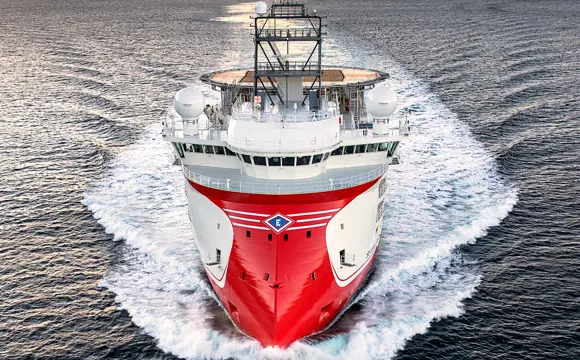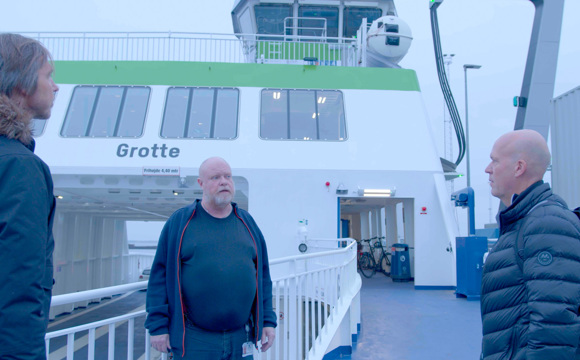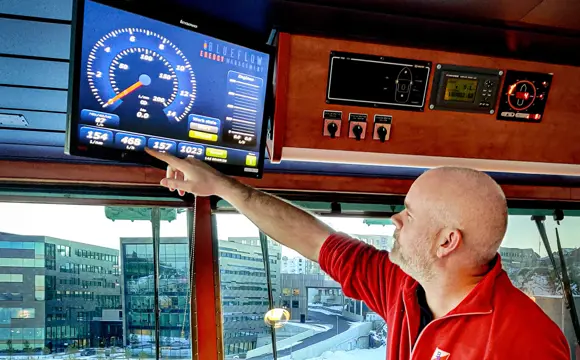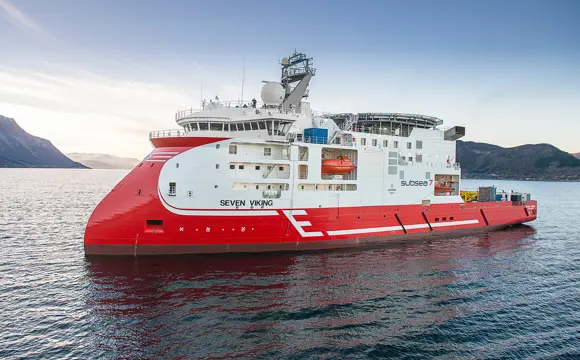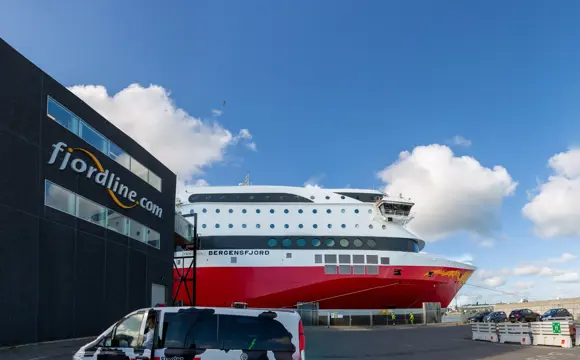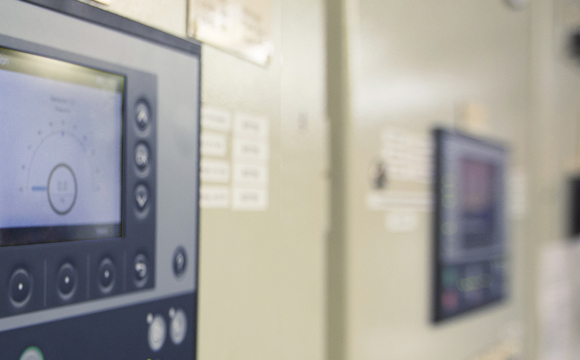What does it take to upgrade to battery hybrid propulsion?
If you are considering adding a battery hybrid propulsion solution on your vessel, you are probably wondering about the steps needed to get there. How do you go about it, and is there anything you can do to prepare your vessel, crew, and organisation for the modification?
The good news is that the technology required is mature and available. As battery hybrid propulsion becomes increasingly common, more and more companies offer solutions, increasing general availability.
Many different approaches
The bad news? Despite a growing number of successful upgrades and newbuilds, and despite the fact that class society requirements have been defined for battery hybrid propulsion, there are a huge number of approaches when it comes to designing, installing, integrating, commissioning, and operating battery hybrid solutions. This is not really a surprise, considering the vast amount of different vessel types and applications, but it does mean that all solutions must necessarily be tailor-made to each individual ship.
There are many different ways of designing a battery hybrid solution. How it is put together depends very much on who delivers the drives, battery packs, and engines, and what the design philosophy is. At DEIF, we have seen at least a hundred different solutions.
Not just plug ‘n’ sail
As battery hybrids are never just plug ‘n’ sail, the best thing you can do to prepare for your modification project therefore is to get in touch with a trusted and experienced vendor and ask for advice. This can help you steer clear of the pitfalls involved. Here are just a couple of the challenges that need to be addressed:
- System integration: In addition to the batteries themselves, the solution must include control systems (controllers, cabinets, and associated equipment), and it needs to interface with existing systems. Integration into a workable solution approved by your class society requires coordination and in-depth technical know-how.
- Charging infrastructure: Unless you are only planning to recharge batteries from the ship’s main engines, you need at least one port charging station. The design and construction of this station needs to be defined, and you need to work with local authorities – for example if you need to run a new high-voltage power cable to the port. Also, if green power is important to you, you need to make sure that the power for your charging station comes from sustainable sources.
- Suitability: Given that there is a vast number of possible battery hybrid system designs, which solution should you choose? Selecting the one that best fits your vessel, application, and requirements can be a challenge but is absolutely critical! Also, remember that battery power is not the only way of reducing emissions and saving fuel; indeed, it is not suitable for all vessel types and applications. Would a traditional propulsion solution optimised with features such as variable speed, intelligent load sharing or upgraded power management systems be a better fit for your operation?

Example of a battery hybrid solution with a DC bus. It allows variable speed genset operation, lowering fuel consumption, emissions, and noise levels. The architecture of the DC bus solution eliminates the risk of faults spreading across the electrical network resulting in network voltage and frequency disturbances. A DC bus-based solution, however, is only one of many possible configurations.
Significant benefits
By working with a trusted partner, you can overcome these and other challenges and reap the practical, operational benefits to be had from running on battery hybrid power:
- You can save fuel because of the high efficiency of electric motors compared with traditional engines, and because diesel engines and gensets can run optimally when batteries supply additional power.
- You can reduce emissions by optimising your engines and gensets, and of course by running on batteries (provided that the battery power was generated from sustainable sources).
- You can get onboard energy storage by recharging batteries from the vessel’s traditional propulsion system (main engine).
- You can compete for charters that require emission-free running and operate without issues in ports and emission control areas (ECAs).
- You can strengthen your company’s green profile.
As the marine sector increasingly takes steps to combat climate change, it is little wonder that battery hybrid propulsion is gaining popularity. The IMO describes alternative fuels, including electric and hybrid power, as integral to achieving the ambitions of its initial greenhouse gas (GHG) reduction strategy ; by switching to a battery hybrid solution, you can make a valuable contribution to this development. Getting a battery hybrid solution, however, is not quite as simple as it sounds, and we really do recommend that you talk to an experienced vendor about it.

The Delomatic 4 Marine controller from DEIF can handle simple to advanced hybrid solutions, including battery, variable speed, and DC bus solutions. DEIF offers a wide range of controllers and power management systems suitable for all types of propulsion.
Download our FREE whitepaper on battery hybrid power in marine applications
See how an OSV achieved significant fuel savings through a battery hybrid upgrade
See how a ferry operator was able to reduce CO2 emissions by 65% on battery hybrid power
-

Contact us to discuss your options
- 90 years of energy pioneering
- Manufactured at the highest standards
- Superior quality
- Unmatched service and support
- Made in Denmark




